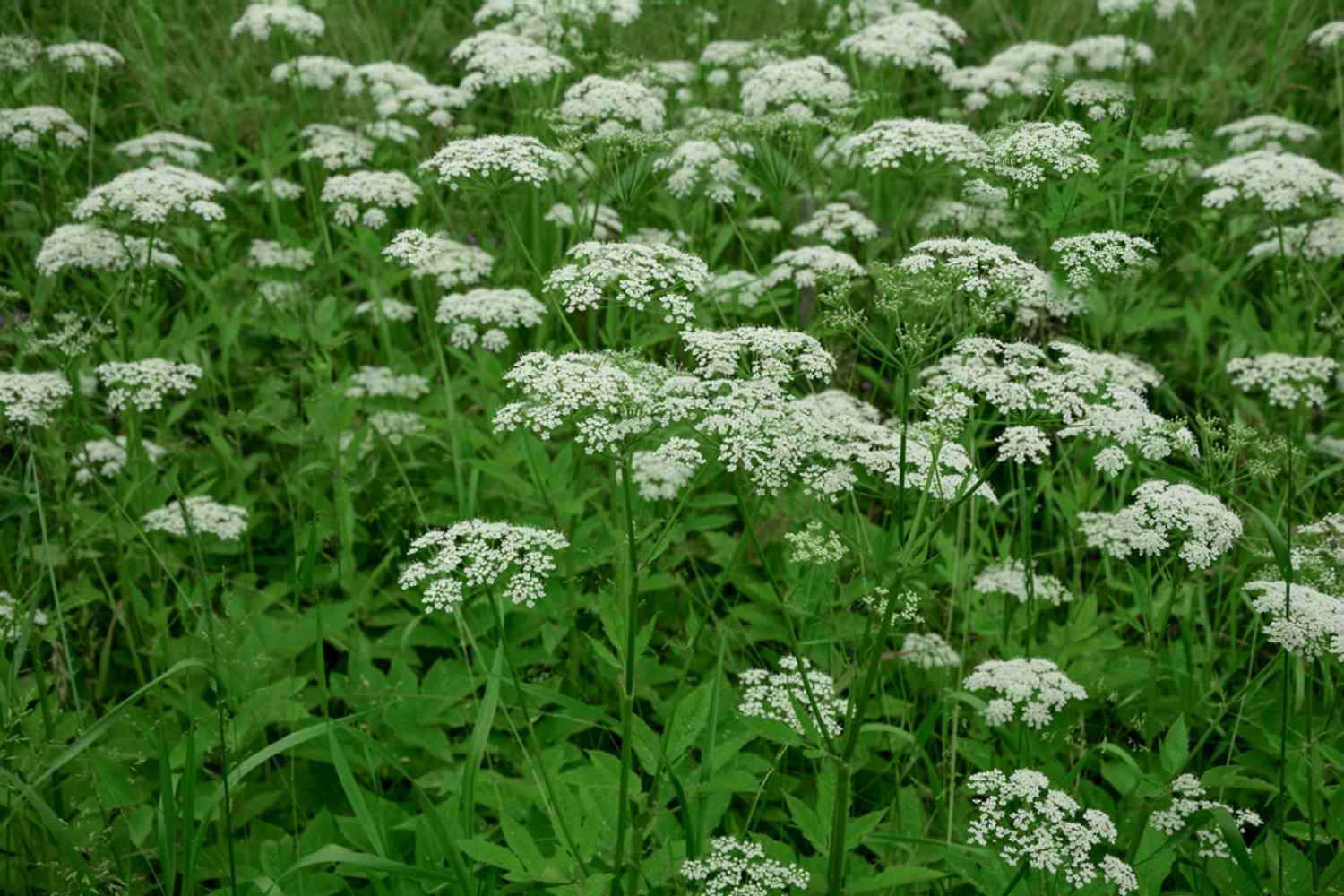
Goutweed might sound like something from a medieval herbal remedy book, but this plant has a fascinating story. Known scientifically as Aegopodium podagraria, it’s often considered a pesky invader in gardens. But did you know it was once prized for its medicinal properties? Monks in ancient times used it to treat gout, hence the name. Today, gardeners battle its relentless spread, yet some still appreciate its beauty and resilience. Whether you’re a plant enthusiast or just curious about nature’s quirks, these 15 facts about goutweed will give you a fresh perspective on this tenacious plant. Ready to dig in? Let’s get started!
Key Takeaways:
- Goutweed, also known as ground elder, is a fast-spreading plant with edible leaves and historical medicinal uses. It can be challenging to control but can also help prevent soil erosion.
- Despite its invasive nature, goutweed has some surprising benefits, including being edible and attracting pollinators. Managing its spread requires persistence and careful techniques.
What is Goutweed?
Goutweed, also known as ground elder or bishop's weed, is a perennial plant that often invades gardens and landscapes. Despite its invasive nature, it has some interesting characteristics worth knowing.
-
Scientific Name: Goutweed's scientific name is Aegopodium podagraria. It belongs to the carrot family, Apiaceae.
-
Origin: Native to Europe and Asia, goutweed was introduced to North America as an ornamental plant.
-
Appearance: This plant features green, serrated leaves and small, white flowers that bloom in umbrella-like clusters.
Goutweed's Invasive Nature
Goutweed is notorious for its ability to spread rapidly, often outcompeting native plants. Here are some facts about its invasive tendencies.
-
Rhizome System: Goutweed spreads through an extensive underground rhizome system, making it difficult to eradicate.
-
Growth Rate: It can quickly cover large areas, forming dense mats that smother other vegetation.
-
Hardiness: Goutweed is highly resilient and can thrive in various soil types and light conditions, from full sun to deep shade.
Uses and Benefits of Goutweed
Despite its invasive nature, goutweed has some uses and benefits that might surprise you.
-
Edible: Young goutweed leaves are edible and can be used in salads or cooked like spinach.
-
Medicinal Uses: Historically, goutweed was used to treat gout and arthritis, hence its name.
-
Soil Stabilization: Its dense root system can help prevent soil erosion on slopes and embankments.
Control and Management
Managing goutweed can be challenging, but understanding its behavior can help in controlling its spread.
-
Manual Removal: Digging up the plant, including its rhizomes, can be effective but requires persistence.
-
Mulching: Covering the area with thick mulch can suppress goutweed growth by blocking sunlight.
-
Herbicides: Chemical treatments can be used, but they should be applied carefully to avoid harming other plants.
Fun Facts About Goutweed
Here are some lesser-known facts that add to the intrigue of this plant.
-
Historical Use: In medieval times, goutweed was grown in monastery gardens for its medicinal properties.
-
Pollinator Friendly: Its flowers attract various pollinators, including bees and butterflies.
-
Variegated Varieties: Some goutweed varieties have attractive variegated leaves, making them popular in ornamental gardening despite their invasive nature.
Goutweed's Surprising Traits
Goutweed, often seen as a pesky garden invader, has some surprising traits. This plant, known for its rapid spread, can actually be quite useful. Its leaves are edible and have been used in traditional medicine for centuries. Goutweed can help with inflammation and pain relief, making it more than just a nuisance.
However, controlling its growth is crucial. Left unchecked, it can overrun gardens and choke out other plants. Regular maintenance and careful management can keep it in check while allowing you to benefit from its positive aspects.
Understanding goutweed's characteristics helps gardeners make informed decisions. Whether you choose to harness its benefits or focus on controlling its spread, knowing these facts empowers you to handle goutweed effectively. So, next time you spot this plant, you'll see it in a new light, appreciating both its challenges and its hidden potential.
Frequently Asked Questions
Was this page helpful?
Our commitment to delivering trustworthy and engaging content is at the heart of what we do. Each fact on our site is contributed by real users like you, bringing a wealth of diverse insights and information. To ensure the highest standards of accuracy and reliability, our dedicated editors meticulously review each submission. This process guarantees that the facts we share are not only fascinating but also credible. Trust in our commitment to quality and authenticity as you explore and learn with us.


